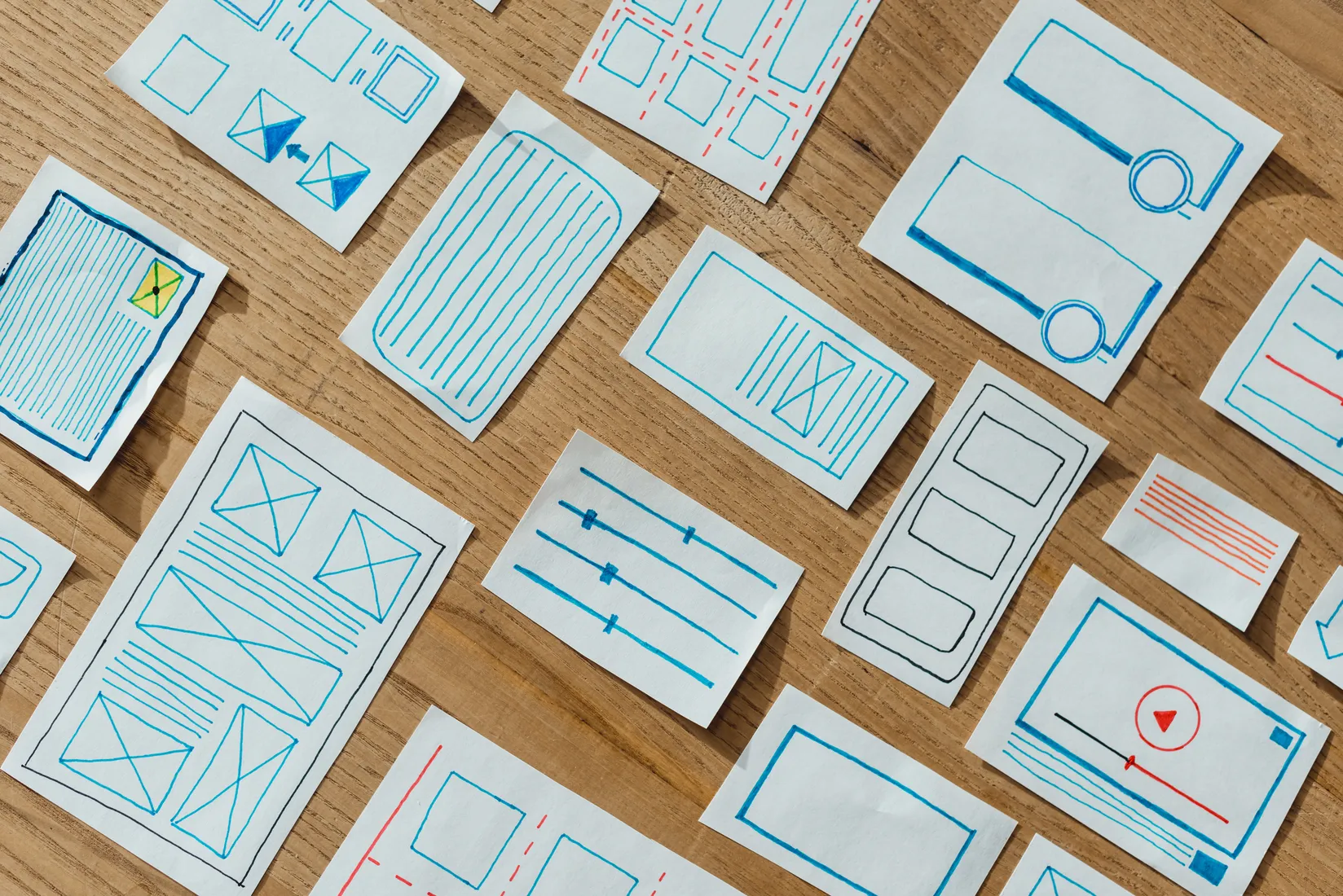Introduction
Within the context of the current digital environment, the progress of user interfaces has been revolutionary, converting from static structures to dynamic experiences. When it comes to designing platforms that are user-centric and engaging, designers and companies need to have a solid Understanding User Behavior.
An Overview of Static Interfaces and the Changing Trends in the Industry
Most interfaces in the past were static, meaning they offered a restricted amount of interactivity and customization. These interfaces have not been modified, so they cannot handle a wide range of user behaviors and scenarios. On the other hand, the landscape has changed due to the fast development of technology and the high expectations of users.
The transition to dynamic experiences
A paradigm shift might have occurred when static interfaces were replaced with dynamic ones. This transformation has been fuelled by several factors, including the study of user behavior, changes in technology breakthroughs, and the need for tailored experiences. Interfaces can now respond, adapt, and develop in response to the actions and preferences of users.
Behavioral Design Principles for the Internet User
It is necessary to have a grasp of user routines, preferences, and interactions to conduct user behavior design. Personalization of experiences is required to tailor interfaces to these behaviors. This may be accomplished using methods such as behavioral analysis and user journey mapping.

Various Strategies for Contextual Design
The process of designing with context in mind considers the myriad of settings and circumstances that users encounter. By adapting user interfaces to various contexts, such as location, device, or time, user experiences may be improved, resulting in increased relevance and utility.
Impact of Data and Analytical Methods
A crucial component in comprehending user behavior and context is using data-driven design. Utilizing data and analytics helps make informed design choices, which in turn grants interfaces the ability to anticipate the requirements and preferences of users.
The Obstacles and Theys Solutions
Despite the benefits it offers, dynamic design is not without its difficulties. Managing a wide range of user choices, ensuring smooth transitions, and preserving consistency are all challenges that must be accomplished. Strong design frameworks, AI-driven solutions, and the incorporation of user input are all integral components of the solutions.
Repercussions for the Engagement and Retention of Users
Dynamic experiences have a huge influence on the engagement and retention of users. Individualized user interfaces encourage more profound relationships, boosting engagement metrics and ensuring that users will return for more individualized experiences.

Upcoming Developments in the Field of User Behavior and Context-Based Design
Further customization, real-time adaptability, and intuitive experiences will be the two most important aspects of interface design in the future. The landscape will be dominated by hyper-personalization, augmented and virtual reality integration, and predictive artificial intelligence.
Conclusion
In conclusion, it is essential to move from static interfaces to dynamic experiences to fulfill users’ ever-changing expectations. Designing for user behavior and context is not only a fad; it is an absolute must for companies that want to survive in the digital arena.
FAQs
Q1: What distinguishes static interfaces from dynamic design?
Unlike static interfaces, which don’t alter, dynamic design adapts and changes depending on user behavior and context to provide individualized experiences.
Q2: How does data fit into the dynamic experience design process?
Data makes it easier to comprehend consumer preferences, which helps designers create customized user interfaces that appeal to users.
Q3: Exist difficulties in putting dynamic design into practice?
Indeed, there are difficulties in keeping things consistent, accommodating a range of user preferences, and guaranteeing smooth transitions.
Q5: What effect does dynamic design have on user interaction?
By offering individualized experiences, dynamic design improves user involvement and retention rates.
Q6: What developments in interface design might we anticipate?
More customization, real-time adaption, and the incorporation of AI, AR, and VR technologies will be necessary to provide intuitive user experiences.








